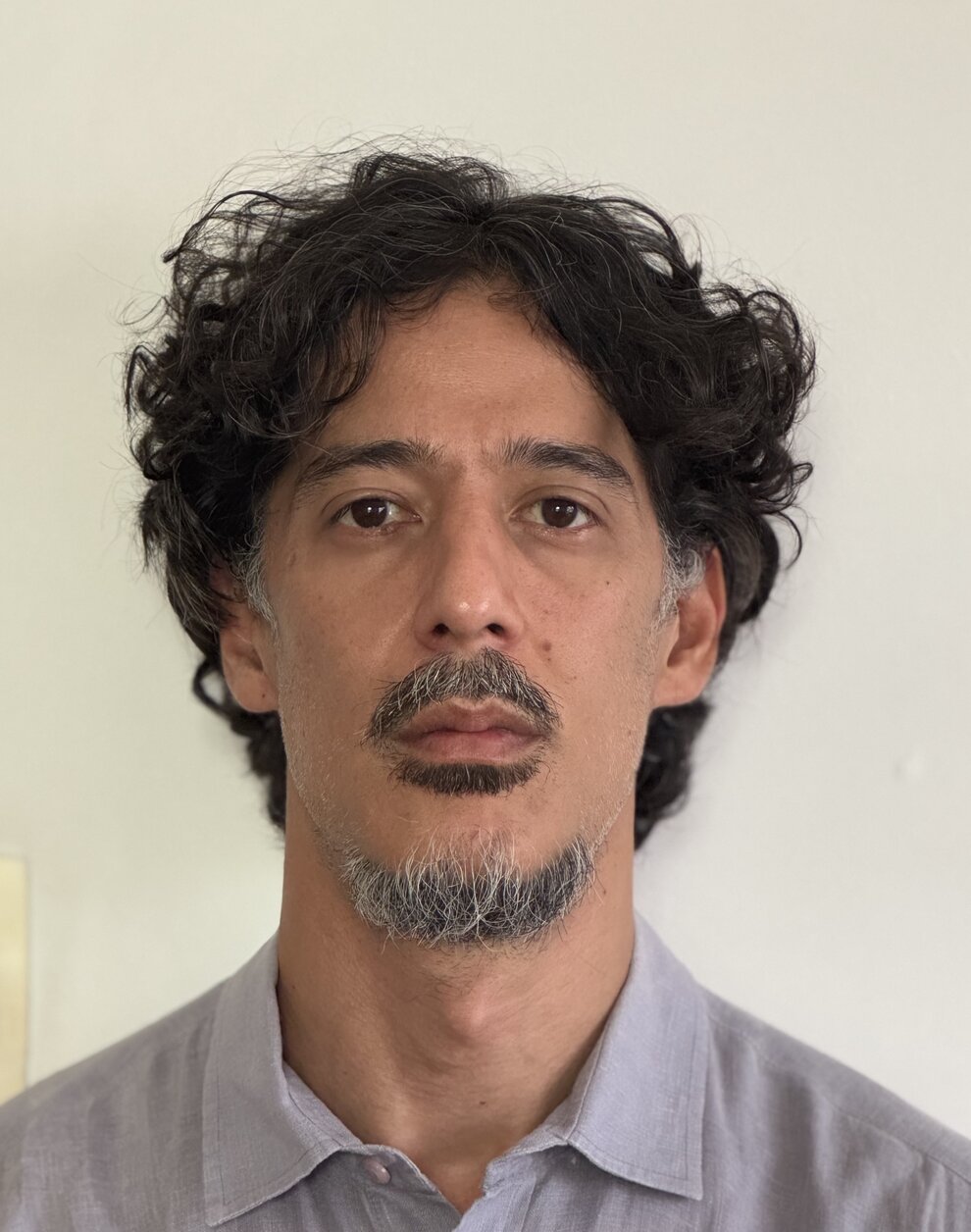Mahya Tooranpoor
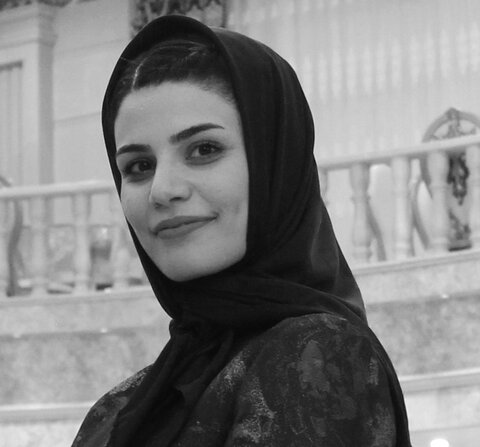

Mahya Tooranpoor est doctorante en architecture islamique à l'université d'art islamique de Tabriz, en Iran. Ses recherches portent sur l'histoire de l'architecture iranienne et sur des questions fondamentales dans les manuscrits historiques. En tant que chercheuse invitée à l'université Paris 1 Panthéon-Sorbonne, elle explore la transmission du savoir architectural dans les contextes islamiques. Elle est également passionnée de photographie et a participé à des expositions collectives à Téhéran, en Iran.
Le projet
Titre : Exploring the Role of Numerical Systems in Iranian Islamic Architecture with Emphasis on Cultural and Human Dimensions
« Cette recherche explore l'interconnexion profonde entre les systèmes numériques et l'architecture islamique iranienne, en particulier durant les premières périodes islamiques. Les nombres et les mesures n’étaient pas simplement des outils techniques, mais revêtaient une signification symbolique, culturelle et spirituelle au sein des formes architecturales. Ils influençaient la conception des espaces religieux, publics et privés, servant de vecteurs pour transmettre des significations philosophiques et sociales. L’étude met en lumière la façon dont les valeurs numériques reflètent l’identité, le rituel et la sensibilité spatiale dans les compositions architecturales. En s’appuyant sur des sources primaires — notamment des manuscrits mathématiques et architecturaux tels que le Manzil al-Sabʿ d’Abū al-Wafāʾ al-Būzjānī — le projet examine comment les proportions et la géométrie étaient appliquées dans les conceptions historiques. En fin de compte, ce travail vise à offrir une compréhension nuancée des mathématiques dans le patrimoine architectural et de leurs implications pour les interprétations contemporaines des environnements bâtis iraniens.»
Institution d'accueil : Université Paris 1 Panthéon-Sorbonne
Sélection de publications
- Ebrahimi, A.N. & Tooranpoor, M. (2024). Comparative Study to Comprehend the Characteristics of Iranian and Turkish Arches Before and After Islam. Archaeologia Bulgarica, XXVIII(2), 41–70.
- Ebrahimi, A.N. & Tooranpoor, M. (2022). Geometry and Mathematics in Timurid Architecture: Abu’l-Wafa and Shirazi. Nexus Network Journal, 24, 843–867.
https://doi.org/10.1007/s00004-022-00612-0 - Deimary, N., Goli Bagh Mahyari, N., & Tooranpoor, M. (2021). Investigating Architectural Patterns of Kashan Traditional Houses in the Design of Aghabozorg Mosque-School. Journal of Research in Islamic Architecture, 9(3), 1–18.
- Nejad Ebrahimi, A., & Tooranpoor, M. (2021). Analysis of the Geometry Used in the Ghiyathiyya School of Khargerd with an Emphasis on the Practical Geometry of Abu al-Wafa Buzjani. Nameh-ye Memari va Shahrsaazi, 13(31), 101–116.
https://doi.org/10.30480/aup.2021.2627.1517 - Nejad Ebrahimi, A., & Tooranpoor, M. (2019). Sense of Place in Mosques Based on a Comparative Study of the Shape and Place of Constructing Fakhr-o-Madin in Historical Mosques. Iranian Archaeological Research, 9(20), 165–182.
https://sid.ir/paper/245048/en


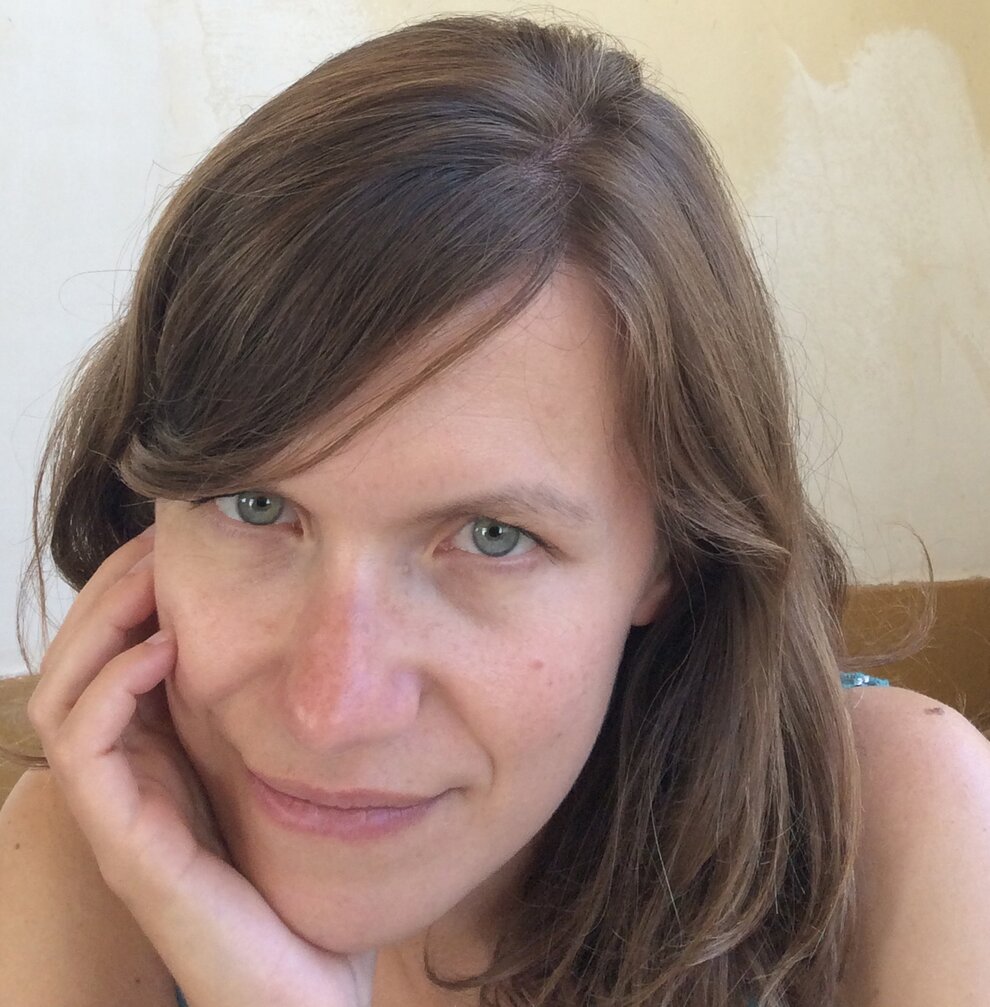
Monica Alonso Riveiro

Toon Van Overbeke
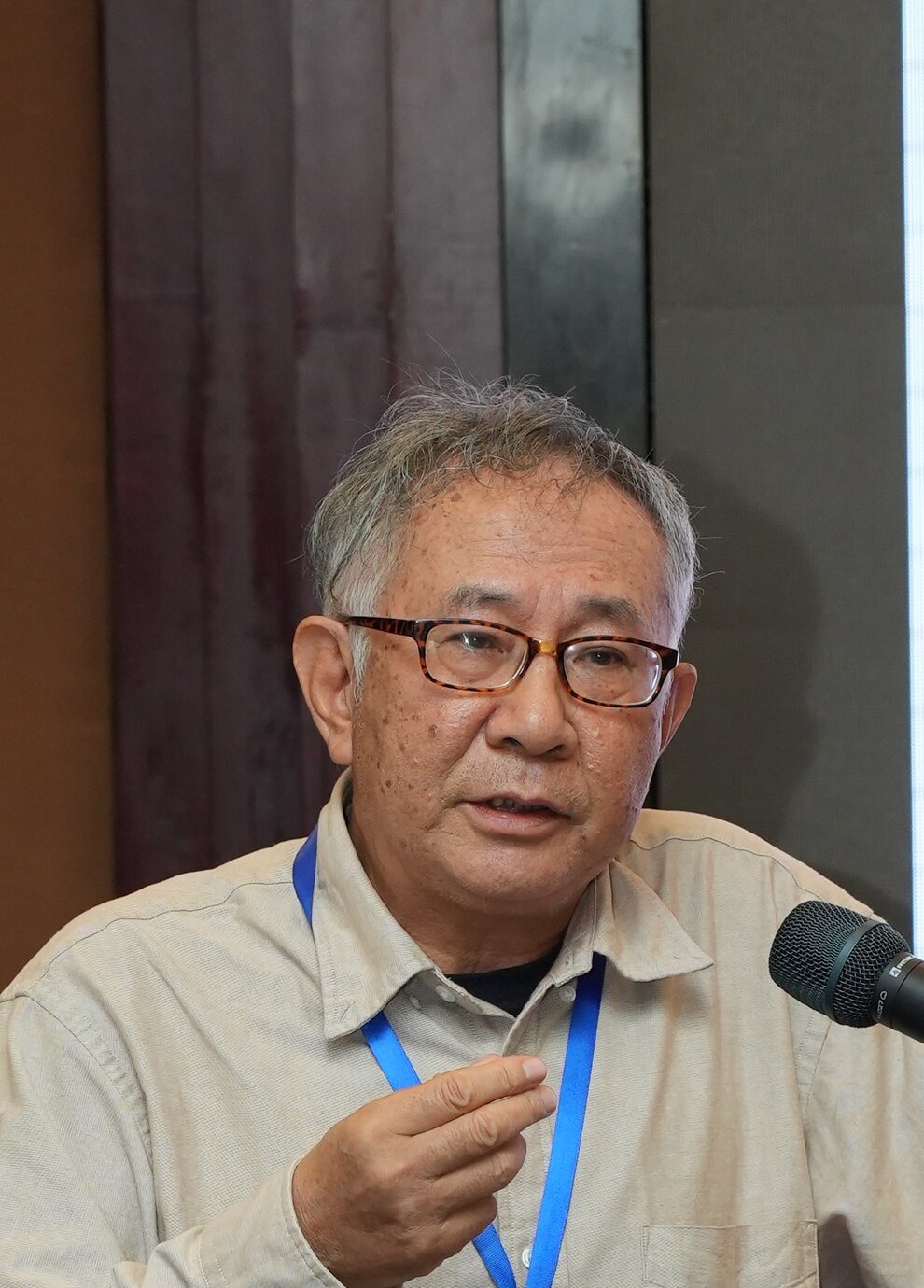
Xiaoyang Zhu
